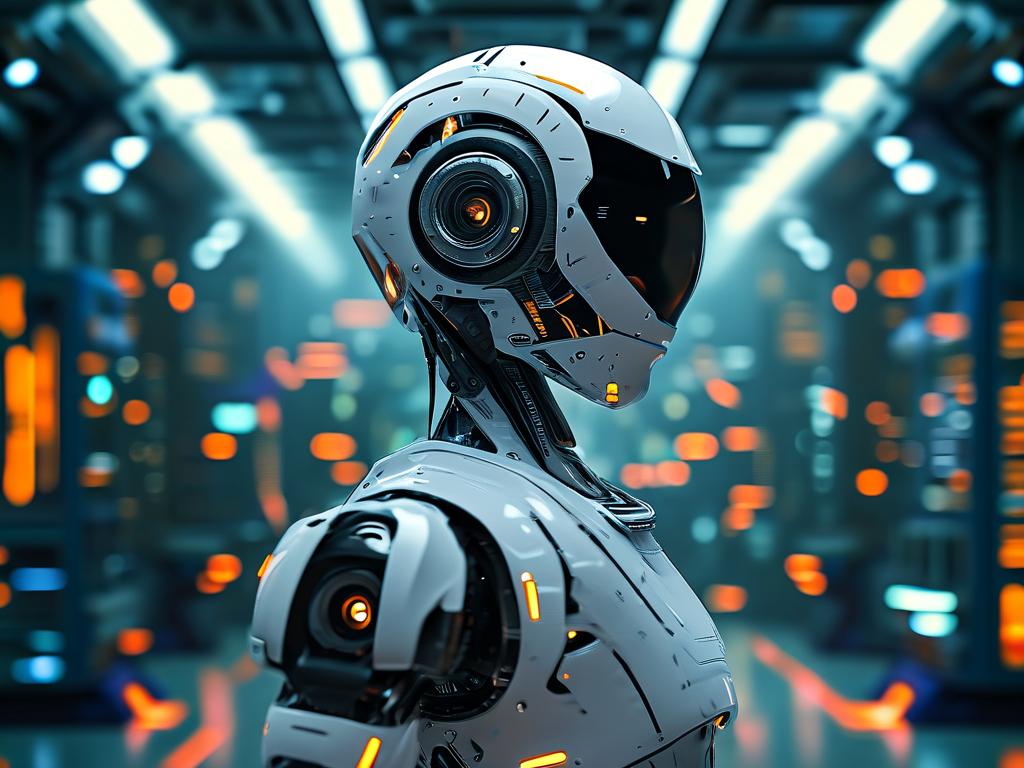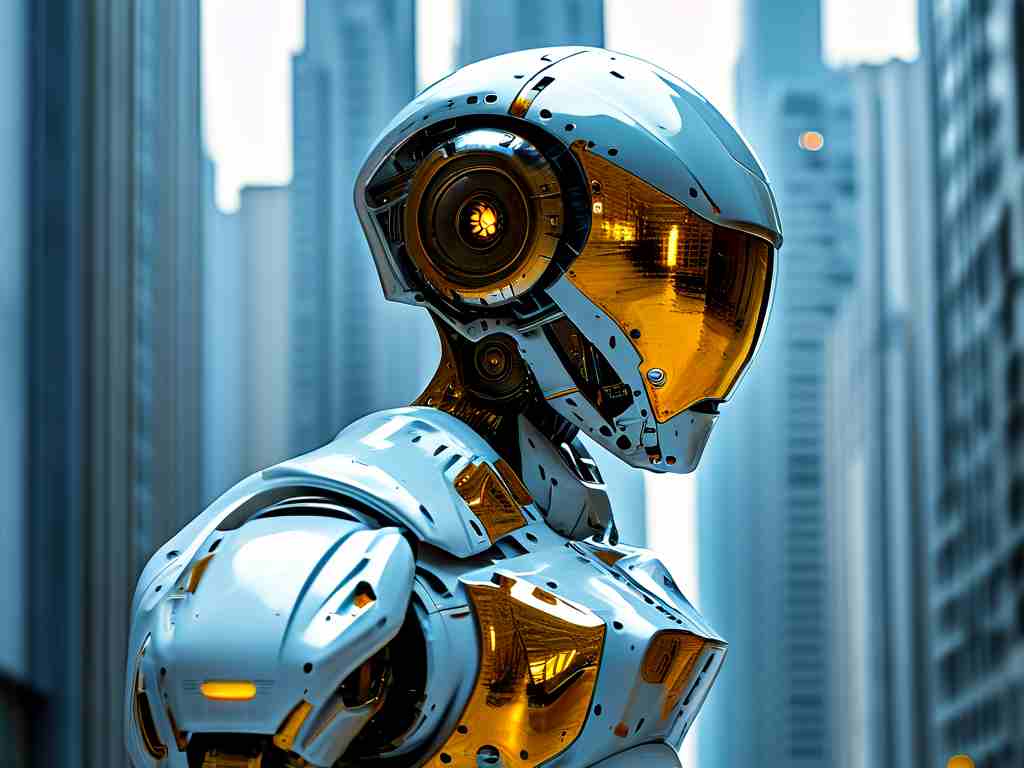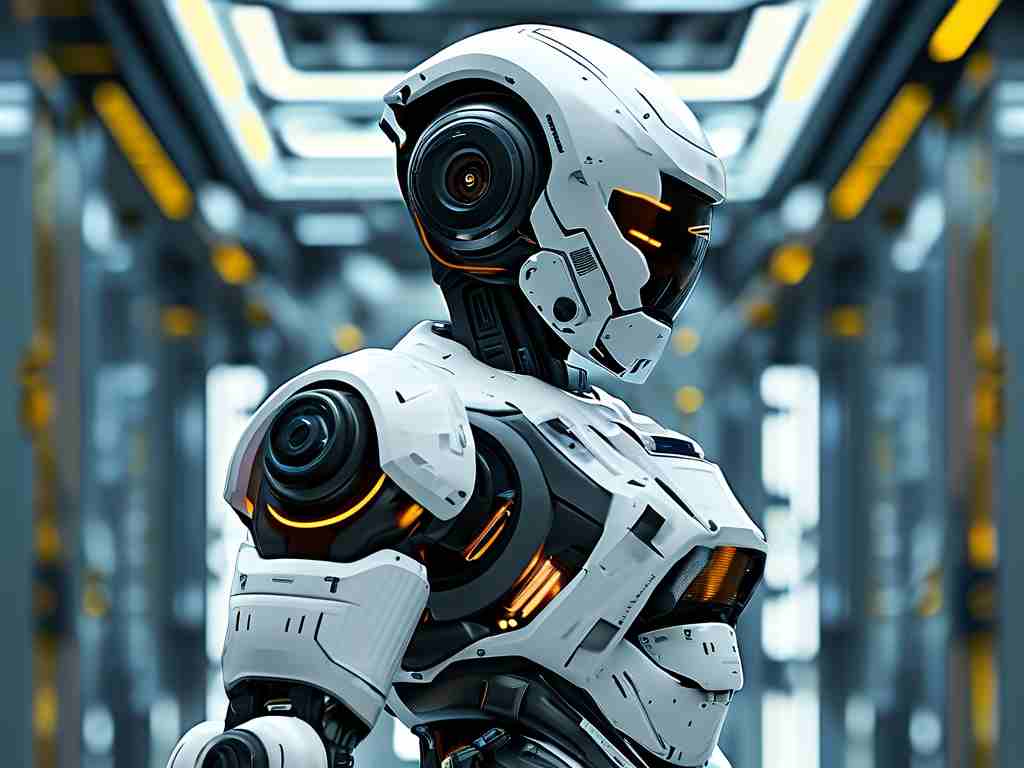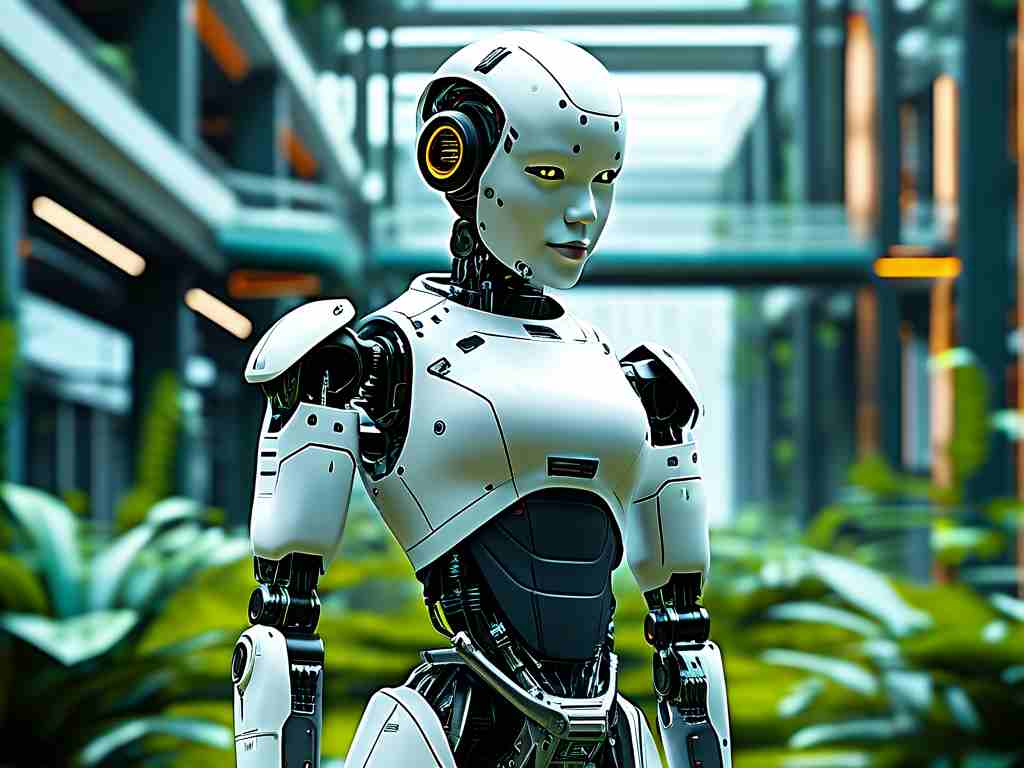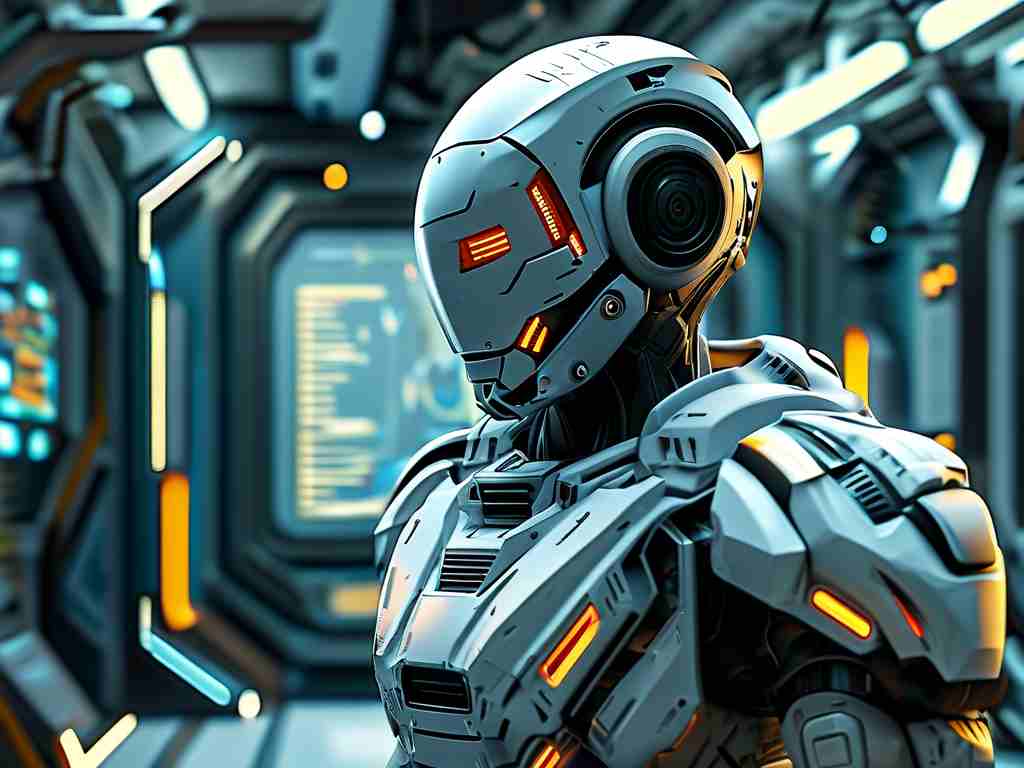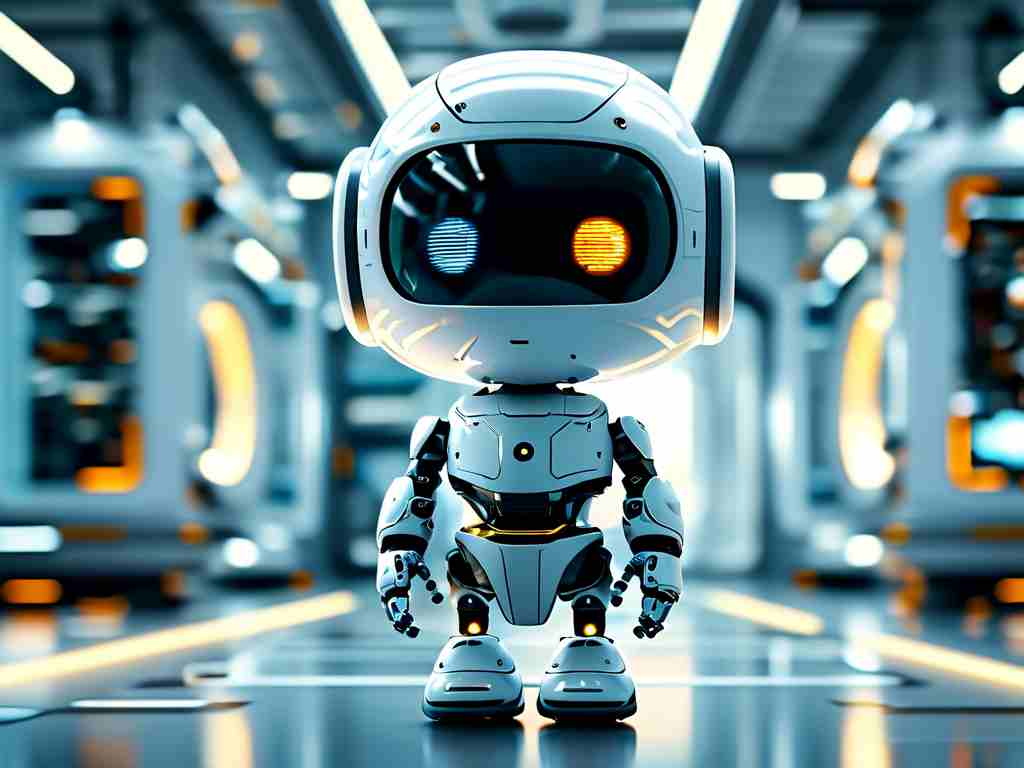The rapid evolution of robotics hinges on advancements in three core electrical domains: power systems, control mechanisms, and energy management—collectively termed the "Triple E" technologies. These components form the backbone of modern robotic systems, enabling precision, efficiency, and autonomy across industries. This article explores their roles, challenges, and future trajectories in shaping next-generation robotics.

Power Systems: The Heartbeat of Robotics
At the core of any robotic system lies its power architecture. High-performance motors and actuators rely on advanced power electronics to convert and regulate energy. Brushless DC motors, for instance, have become a staple due to their efficiency and durability. However, the push for compact yet powerful designs has led to innovations like modular inverters and gallium nitride (GaN)-based drivers, which reduce heat dissipation while boosting output.
A critical challenge remains balancing power density with thermal management. Engineers now integrate phase-change materials and microchannel cooling into motor housings to address overheating in high-load scenarios. For example, industrial robots in automotive assembly lines utilize liquid-cooled servo motors to maintain precision during repetitive tasks.
Control Systems: Bridging Hardware and Intelligence
Control technology acts as the nervous system of robots, translating computational commands into physical actions. Field-oriented control (FOC) algorithms have revolutionized motion accuracy by dynamically adjusting motor currents. Modern implementations combine FOC with machine learning models that predict mechanical stress patterns, enabling real-time torque adjustments.
The rise of edge computing has further transformed control architectures. Robots now embed AI chips capable of local decision-making, reducing latency in critical applications. Surgical robots, such as the Da Vinci system, exemplify this trend—their control units process sensor data at the millisecond level to ensure sub-millimeter precision during operations.
Energy Management: Sustaining Autonomous Operations
Battery technology and power optimization algorithms determine a robot’s operational lifespan. While lithium-ion batteries dominate, solid-state alternatives are emerging with higher energy densities and faster charging capabilities. Aerial drones like those used in infrastructure inspection now leverage hybrid systems combining lithium packs with supercapacitors for burst power during takeoff.
Energy recovery systems represent another frontier. Humanoid robots developed by companies like Boston Dynamics incorporate regenerative braking in joints, capturing kinetic energy during movement. This approach has shown 15–20% efficiency gains in bipedal locomotion tests.
Interdependence and System Integration
The true potential of Triple E technologies emerges through their integration. Consider autonomous mobile robots (AMRs) in warehouses:
- Power systems drive omnidirectional wheels
- Control units process LiDAR and camera data
- Energy managers allocate power between navigation and payload handling
This synergy requires standardized communication protocols. CAN FD (Controller Area Network Flexible Data-Rate) has become prevalent for connecting motor controllers with battery management systems, ensuring synchronized performance.
Challenges and Future Directions
Despite progress, bottlenecks persist. Battery-swapping mechanisms for continuous operation remain bulky, while high-frequency control systems face electromagnetic interference issues. Researchers are exploring wireless power transfer through resonant inductive coupling and quantum-inspired control algorithms to overcome these limitations.
The convergence of 5G and Triple E technologies may unlock new possibilities. Low-latency networks could enable cloud-based control of robot swarms, with localized power systems ensuring fail-safe operations. Meanwhile, biodegradable batteries and self-healing circuits hint at sustainable directions for robotics.
In , the maturation of power, control, and energy technologies will define robotics’ leap from programmed tools to adaptive partners. As these systems grow more interconnected and intelligent, they promise to reshape manufacturing, healthcare, and exploration in ways we are only beginning to imagine.


